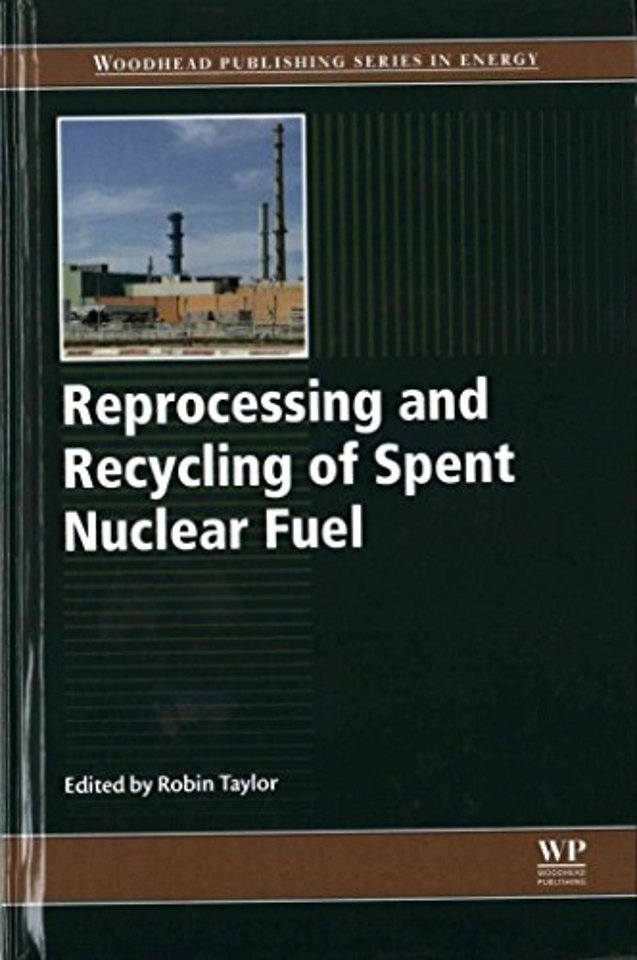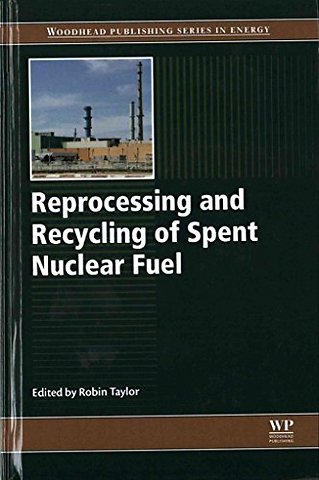<p>Preface</p> <p>Part 1 Introductory issues and future challenges</p> <p>1. Introduction to the reprocessing and recycling of spent nuclear fuels</p> <p>2. Role of recycling in advanced nuclear fuel cycles</p> <p>3. Key challenges in advanced reprocessing of spent nuclear fuels</p> <p>4 Safety and security issues in the reprocessing and recycling of spent nuclear fuels for advanced fuel cycles</p> <p>Part 2 Advances in aqueous separation processes</p> <p>5. Current head-end technologies and future developments in the reprocessing of spent nuclear fuels </p> <p>6. Process engineering design for the reprocessing and recycling of spent nuclear fuels</p> <p>7. The use of organic extractants in solvent extraction processes in the partitioning of spent nuclear fuels</p> <p>8. Radiation chemistry in the reprocessing and recycling of spent nuclear fuels</p> <p>9. Reprocessing of spent fast reactor nuclear fuels</p> <p>10. Minor actinide separation in the reprocessing of spent nuclear fuels: recent advances in Europe</p> <p>11. Minor actinide separation in the reprocessing of spent nuclear fuels: recent advances in the USA</p> <p>12. Advanced thermal denitration conversion processes for aqueous based reprocessing and recycling of spent nuclear fuels </p> <p>13. The co-precipitation and conversion of mixed actinide oxalates for aqueous based reprocessing of spent nuclear fuels</p> <p>14. Gelation and other innovative conversion processes for aqueous based reprocessing and recycling of spent nuclear fuels</p> <p>Part 3 Pyrochemical processes</p> <p>15. International developments in electrorefining for pyrochemical processing of spent nuclear fuels </p> <p>16. Oxide electro-reduction and other techniques for pyrochemical processing of spent nuclear fuels: developments in Korea</p> <p>17. Pyrochemical processes for recovery of actinides from spent nuclear fuels: European developments</p> <p>18. Pyrochemical fuel cycle technologies for processing of spent nuclear fuels: developments in Japan</p> <p>Part 4 Implementation of advanced closed fuel cycles </p> <p>19. Development of closed nuclear fuel cycles in the United States</p> <p>20. Development of closed nuclear fuel cycles in China</p> <p>21. Development of closed nuclear fuel cycles in Korea</p> <p>22. Development of closed nuclear fuel cycles in Japan</p> <p>23. Proliferation resistance, used fuel and multinational approaches to the provision of fuel cycle services</p> <p>24. Developments in reprocessing of spent nuclear fuels for the thorium fuel cycle</p>

